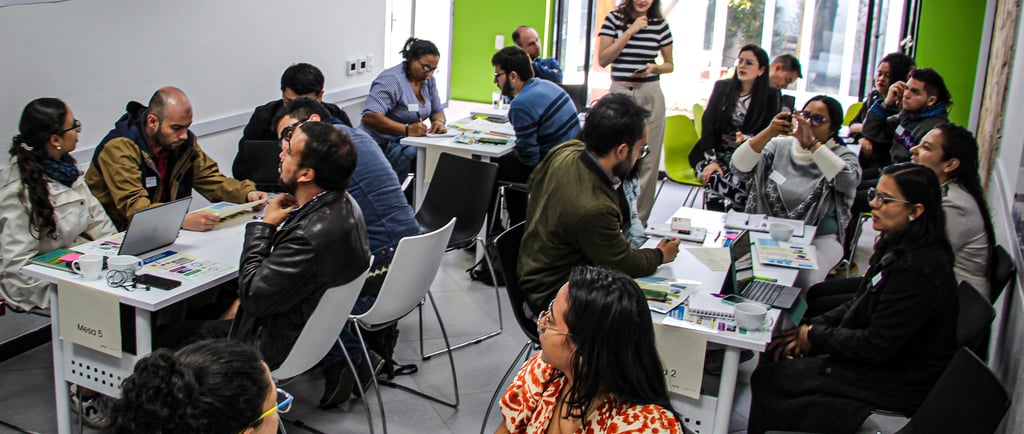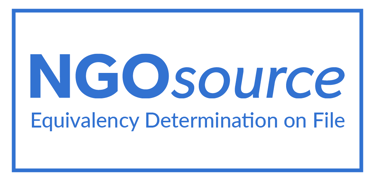Strengthening the MRV System in the Coal Sector: A Pathway to Reducing GHG Emissions in Colombia


On August 30th, POLEN TJ, with the support of the Heinrich Böll Foundation Bogotá Office, Colombia, hosted the workshop “Coal Sector in the Monitoring, Reporting, and Verification (MRV) System”. This event brought together experts, civil society organizations, and government institutions to discuss the progress and identify opportunities for improvement in the MRV system, which is crucial for quantifying and mitigating greenhouse gas (GHG) emissions in the country.
What is the MRV System?
The MRV system is a mechanism designed to monitor, report, and verify GHG emissions, ensuring that the data is accurate, consistent, and internationally comparable. MRV is essential for meeting climate commitments and advancing the country’s Just Energy Transition, particularly in high-emitting sectors such as coal mining. In Colombia, the MRV system focuses on the mining and energy sectors (MRV-ME) -primarily oil and gas- leaving the coal sector largely unaddressed, in spite of being a significant contributor to the climate crisis.
The Importance of the MRV System in a Just Energy Transition
A key aspect discussed during the event was the role of the MRV system in supporting a Just Energy Transition. According to our vision at POLEN TJ, such process not only aims to reduce dependence on fossil fuels but also fosters a shift that prioritizes equity, social justice, and the active participation of affected communities. In this context, the MRV system should be central to monitoring GHG emissions, ensuring transparent and accurate reporting and verification. This would, for example, facilitate international funding for climate change mitigation through the economic diversification of coal-dependent regions.
While the coal sector is important to the Colombian economy, it is also one of the largest GHG emitters, responsible for 22% of the energy sector's emissions. During the event, discussions focused on how the implementation of more advanced monitoring systems can help reduce these emissions and advance the decarbonization of the mining sector.
The workshop showcased new methodologies for measuring GHG emissions, particularly in remote or hard-to-access areas. Among the technologies discussed were satellite and airborne tools—such as sensors or monitoring equipment mounted on airplanes or drones—which enable more detailed and accurate tracking of fugitive emissions, meaning those without a designated emission pipeline. These technologies are especially useful for applications like methane monitoring in abandoned mines. They present a significant opportunity to address the information gaps that currently exist in the sector, particularly concerning methane emissions from underground mines.
Professor Rodrigo Jiménez from the Universidad Nacional explained that while the integration of these technologies in Colombia is still in its early stages, they have the potential to revolutionize GHG emissions management and reporting in the mining sector. International examples, such as South Africa, serve as valuable references for implementing an integrated monitoring system that centralizes all relevant data into an accessible and efficient information platform.
Challenges in Measuring Fugitive Emissions and Abandoned Mines
Despite technological advances, one of the key challenges discussed during the workshop is the lack of accurate inventories for fugitive emissions and abandoned mines. Robust quantification of methane emissions is not there yet. This data gap poses a significant challenge in meeting the country's climate goals and reducing GHG emissions in the coal sector.
The event provided a platform to identify these gaps and propose solutions. Participants unanimously agreed on the urgency of integrating tools within the MRV system to monitor abandoned mines, as they continue to emit methane even after ceasing operations. These emissions, known as fugitive emissions, are difficult to measure due to their dispersion and the absence of systematic methods for quantification. However, internationally, such emissions are already being monitored using state-of-the-art technologies, presenting a model that should be adapted for Colombia’s context.
The Inclusion of Social Indicators in the MRV System
Another crucial point discussed during the workshop was the integration of social indicators into the MRV system. Attendees emphasized that measuring GHG emissions is not enough on its own; it is equally important to assess the social impact these emissions have on local communities, including differential gender impacts and equity considerations. This approach, which POLEN TJ has championed in its projects, aims to ensure that the energy transition does not leave vulnerable communities behind and that they are actively involved in decision-making processes.
It was suggested that the MRV system include mechanisms to evaluate the impact of mitigation policies on communities affected by mining activities. This would involve the creation of gender-sensitive indicators that assess how emissions and reduction policies affect men and women differently. Furthermore, the importance of enabling local communities to participate in -and access the information generated by- the MRV system was underscored. Doing this would allow them to understand how emissions influence their quality of life and enable them to advocate for fairer and more sustainable policies.
Strengthening Inter-Institutional Cooperation
The discussions and exchanges held during the workshop highlighted the vital need for strengthened inter-institutional coordination among the government, NGOs, and other organizations involved in the implementation of the MRV system. While Colombia has made notable strides in developing an MRV system for the mining sector, opportunities to enhance collaboration still remain. The lack of effective communication between different institutions continues to pose a barrier to the successful implementation of mitigation measures. Additionally, for the MRV system to be truly effective, it is crucial that monitoring, reporting, and verification processes are accessible to all stakeholders involved.
We invite you to explore our publications repository, where you can discover the latest research from our organization. Learn more about the projects and studies that drive our commitment to transformation and environmental justice.



